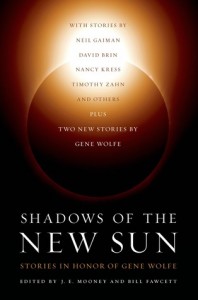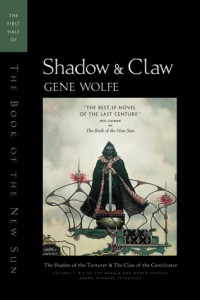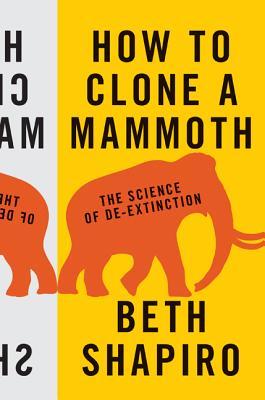 Format read: hardcover provided by the publisher
Format read: hardcover provided by the publisherFormats available: hardcover, ebook, audiobook
Genre: Nonfiction
Length: 228 pages
Publisher: Princeton University Press
Date Released: April 5, 2015
Purchasing Info: Author’s Website, Publisher’s Website, Goodreads, Amazon, Barnes & Noble, Kobo, Book Depository
Could extinct species, like mammoths and passenger pigeons, be brought back to life? The science says yes. In How to Clone a Mammoth, Beth Shapiro, evolutionary biologist and pioneer in “ancient DNA” research, walks readers through the astonishing and controversial process of de-extinction. From deciding which species should be restored, to sequencing their genomes, to anticipating how revived populations might be overseen in the wild, Shapiro vividly explores the extraordinary cutting-edge science that is being used–today–to resurrect the past. Journeying to far-flung Siberian locales in search of ice age bones and delving into her own research–as well as those of fellow experts such as Svante Pääbo, George Church, and Craig Venter–Shapiro considers de-extinction’s practical benefits and ethical challenges. Would de-extinction change the way we live? Is this really cloning? What are the costs and risks? And what is the ultimate goal?
Using DNA collected from remains as a genetic blueprint, scientists aim to engineer extinct traits–traits that evolved by natural selection over thousands of years–into living organisms. But rather than viewing de-extinction as a way to restore one particular species, Shapiro argues that the overarching goal should be the revitalization and stabilization of contemporary ecosystems. For example, elephants with genes modified to express mammoth traits could expand into the Arctic, re-establishing lost productivity to the tundra ecosystem.
Looking at the very real and compelling science behind an idea once seen as science fiction, How to Clone a Mammoth demonstrates how de-extinction will redefine conservation’s future.
My Review:
Humanity, of course, has a lot to answer for — and Jurassic Park has set some expectations in the minds of non-scientists that science is unlikely to ever be able to deliver on.
What do we have to answer for? We’re just so damn efficient about killing off other species: by hunting them to the last member and by destroying their habitats, we’ve all too often shown that there’s space for us but not them. Want to stroke the fur of a mammoth? Pet an auroch (then run away)? Hear the chatter of a flock of passenger pigeons? You’re out of luck — and so are they.
Of course, extinction itself is a normal state of affairs. 99% percent all of species that have ever existed are extinct, and humanity need not accept the blame for the asteroid that killed off the dinosaurs.
Jurassic Park was ostensibly about bringing back some dinosaurs — and what could go wrong if you let them reproduce — but it’s not much of a stretch to wonder: if we could restore a dinosaur from a bit of amber… could we recover from our past mistakes? And in doing so, atone for them?
As it turns out, amber is rather bad at preserving DNA. No dinosaurs from fossilized tree sap — nor anything else once extinct. Nonetheless, the prospect of de-extinction is compelling.
Beth Shapiro’s books grounds this dream in what, at present, seems to be possible — and what is not.
Reality Rating A-: Shapiro, who is a professor at UC Santa Cruz and one of the principal investigators at the UCSC Paleogenomics Lab, ably describes how one might go about attempting to restore an extinct species: finding some or part of its genome, finding another species that is a close enough relative to bring a fertilized egg to term, then dealing with the problem of raising the offspring. Along the way, she provides vignettes of her experiences in the field gathering mammoth DNA (and one conclusion I can draw from that: I do not expect that Dr. Shapiro would ever participate in a project to bring an extinct mosquito back).
Moreover, Shapiro discusses why one might bring an extinct species back — and argues that trying to do so should be for reasons that go beyond assuaging an inchoate sense of guilt. This passage is key:
In my mind, it is this ecological resurrection, and not species resurrection, that is the real value of de-extinction. We should think of de-extinction not in terms of which life form we will bring back, but what ecological interactions we would like to see restored.
It doesn’t necessarily do any particular favor for a mammoth (or as Shapiro explains is much more likely, an Asian elephant that has some mammoth genes adapting it to cold conditions) to stride the tundra again all alone — but as part of an effort to restore the subarctic grasslands that the mammoths mere presence help create and maintain, de-extinction efforts can give us the ability to restore ecosystems.
Playing God? Perhaps. But after having already disrupted so many of the planet’s ecosystems, we may not have much choice but to muddle along with our technology lest homo sapiens drops out of the 1% that has so far survived. Shapiro makes a compelling argument that de-extinction projects, while neither panaceas nor time machines, belong in our ecological toolkit.
The sections of the book that discuss the technical matters of how one might go about recovering ancient DNA and cloning animals seem pretty accessible to anybody who remembers a bit of their high school biology — and unlike Stephen Hawking, Shapiro did not need to worry about each equation in the text halving her readership.

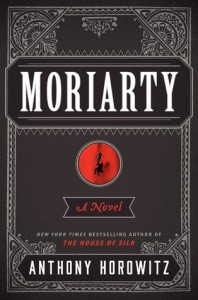
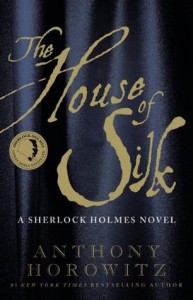 But what about Moriarty? The linchpin of a crime network does not simply vanish without consequences. In Anthony Horowitz’s return to Holmes pastiches (his first foray, The House of Silk, was
But what about Moriarty? The linchpin of a crime network does not simply vanish without consequences. In Anthony Horowitz’s return to Holmes pastiches (his first foray, The House of Silk, was 

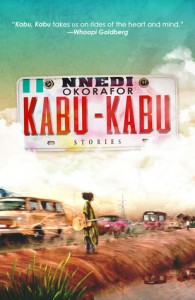


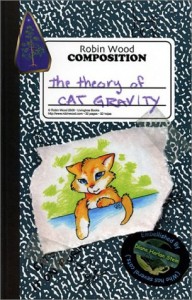

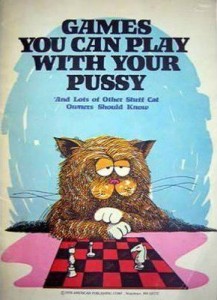
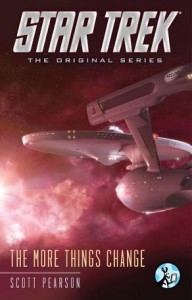
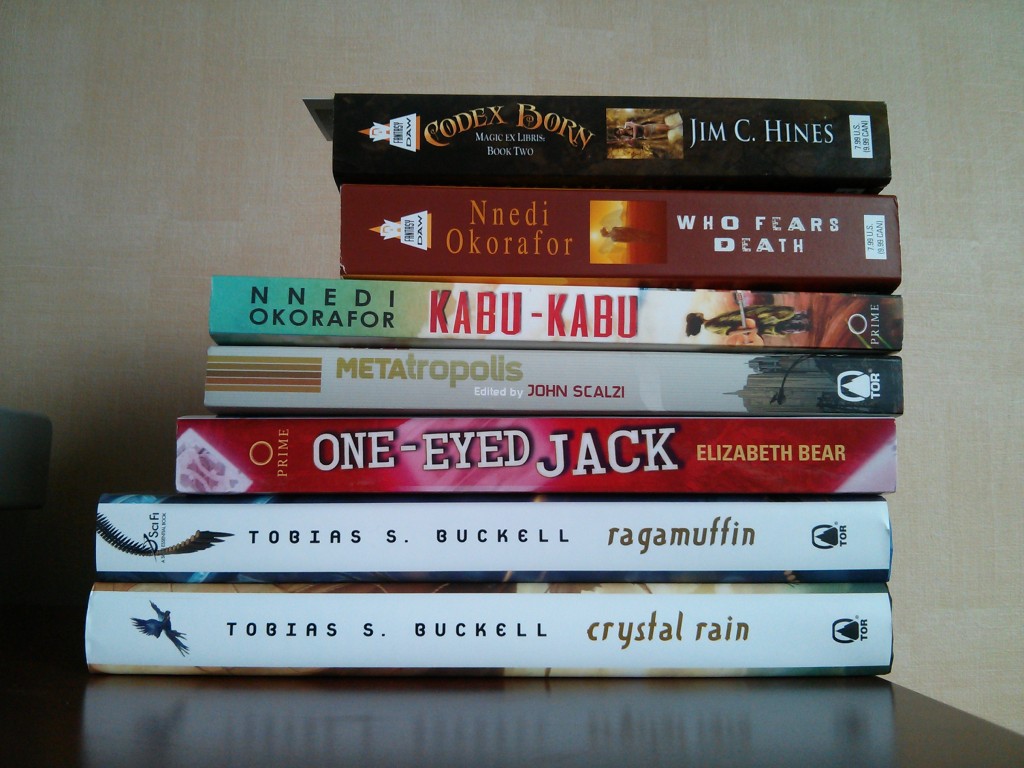
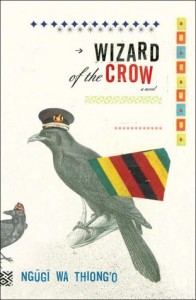 The YA guest of honor is Nnedi Okorafor. Yesterday I went to a reading and Q&A she conducted. The books that she recommended, wrote, or influenced her flew fast and furious:
The YA guest of honor is Nnedi Okorafor. Yesterday I went to a reading and Q&A she conducted. The books that she recommended, wrote, or influenced her flew fast and furious: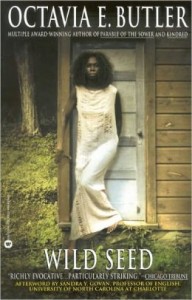 Another panel I went to was about where folks who have not yet read Octavia Butler should start. One of the wonderful things about the panel, in addition to the energy of the panelists (Nnedi Okorafor, adrienne maree brown, Tananarive Due, and Ellen Denham), was that there were four different well-reasoned opinions on the question. So if you can’t decide, print out this blog post, tape it to the wall, and throw a dart at:
Another panel I went to was about where folks who have not yet read Octavia Butler should start. One of the wonderful things about the panel, in addition to the energy of the panelists (Nnedi Okorafor, adrienne maree brown, Tananarive Due, and Ellen Denham), was that there were four different well-reasoned opinions on the question. So if you can’t decide, print out this blog post, tape it to the wall, and throw a dart at: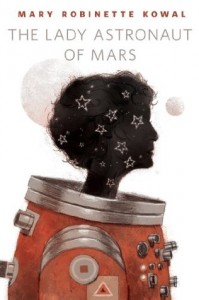 Another list of book recommendations came from a question asked at the Gender Roles in Genre Fiction panel: what books do you recommend for their role in busting tired gender tropes:
Another list of book recommendations came from a question asked at the Gender Roles in Genre Fiction panel: what books do you recommend for their role in busting tired gender tropes:![STSmall_thumb[2]](https://www.readingreality.net/wp-content/uploads/2012/04/STSmall_thumb2-300x170.png)
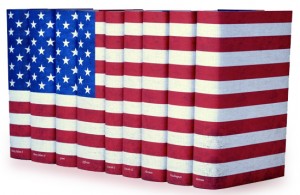
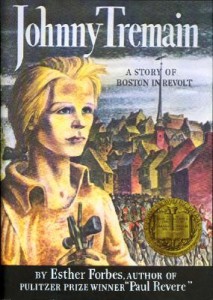 Johnny Tremain
Johnny Tremain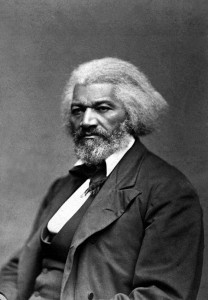 What to the Slave is the Fourth of July?
What to the Slave is the Fourth of July?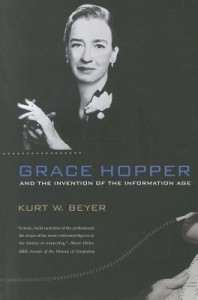 Grace Hopper and the Invention of the Information Age
Grace Hopper and the Invention of the Information Age